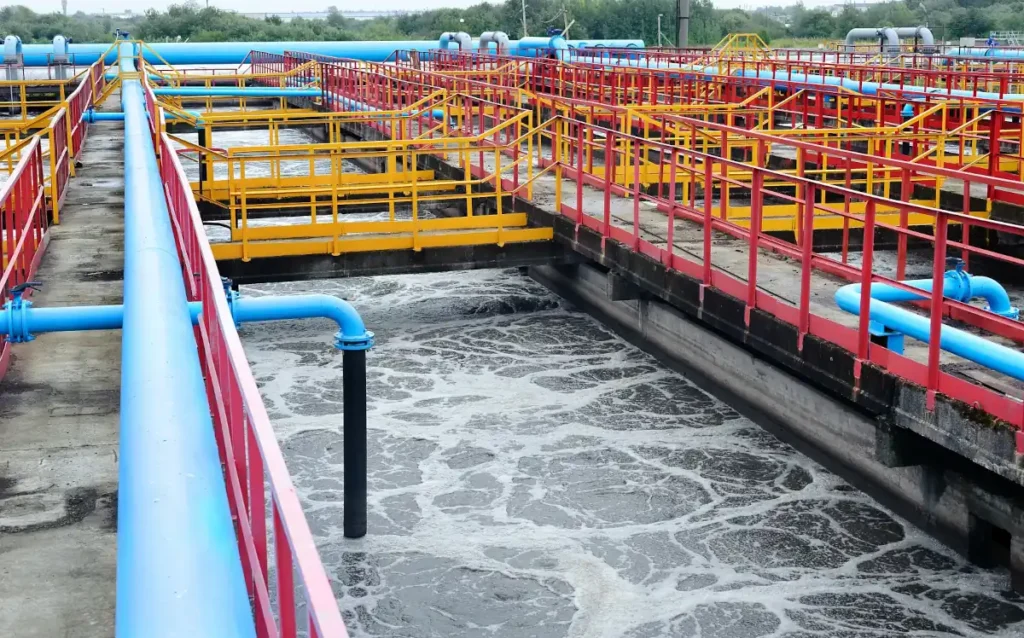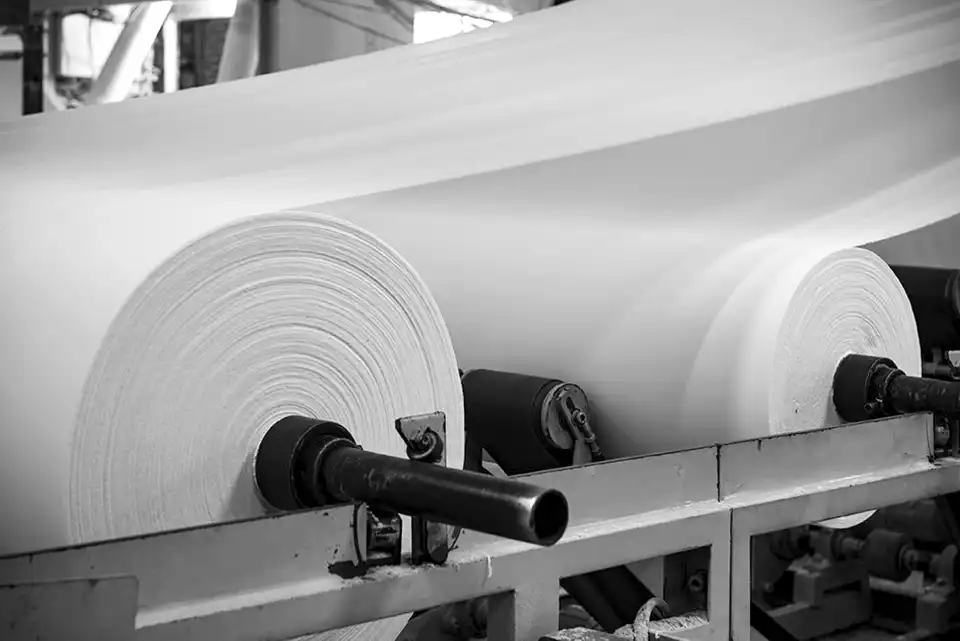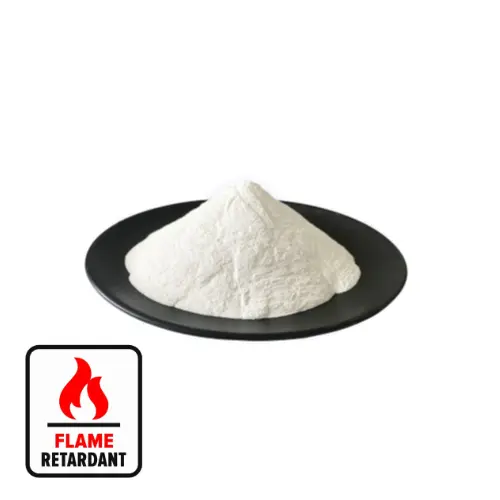Precipitation method
An aqueous solution of magnesium salt (e.g., MgCl2) is mixed with an aqueous solution of sodium hydroxide or calcium hydroxide to produce a magnesium hydroxide precipitate.
Filter and wash the precipitate to remove impurities.
Dry the precipitation to obtain high specific surface area magnesium hydroxide powder.
Thermal decomposition method
Magnesium carbonate (MgCO3) or magnesium nitrate (Mg(NO3)2) is thermally decomposed at high temperature (400-600℃) to produce magnesium hydroxide.
The thermal decomposition product has high specific surface area and porous nature.
Hydrothermal method
In a closed container, mix an aqueous solution of magnesium salt with an aqueous solution of sodium hydroxide or calcium hydroxide.
Under high temperature and high pressure conditions (100-200°C, 0.1-1 MPa), the reaction generates magnesium hydroxide crystals with high specific surface area and uniform particle size.
Applications
Adsorbent
Due to its high specific surface area and porous nature, high specific surface area magnesium hydroxide is an effective adsorbent for heavy metal ions, organic pollutants and other contaminants.
Filler
Magnesium hydroxide can be added as a filler to polymers, rubbers and composites to improve the strength, heat resistance and dimensional stability of the material.
Medical Materials

Magnesium hydroxide is used in medicine as an antacid, laxative and filler.
Other Applications

Wastewater treatment
Paper industry

Ceramics industry
Battery materials
Photocatalysts

